While there are several specific casting techniques in use to produce cast iron parts, all follow this basic procedure of heating, molding, cooling and ejecting. Read More…
At Hallman Foundry, we specialize in the production of high-quality grey iron castings, bringing precision, consistency, and strength to each component we create. With decades of experience in foundry operations, we understand the unique properties of grey iron and harness our expertise to deliver castings that are both durable and meticulously crafted.

At Baker Casting Division, we specialize in the production of high-quality grey iron castings that meet the demands of a wide range of industrial applications. We take pride in our ability to deliver durable, precisely engineered components tailored to the specifications of each customer.

Our gray iron castings are second to none. These high performance items are pre-tested for maximum customer satisfaction. We have a component staff that can easily handle your requests. Turn to Interstate Castings for the best gray iron castings. You will not be upset with the quality of items you receive. We look forward to working with your business. Give us a call today!

At Buck Company, LLC, we specialize in producing high-quality grey iron castings that meet the exacting standards of diverse industrial applications. As a foundry with decades of experience, we take pride in the precision and reliability of our cast components, supporting sectors ranging from agriculture and construction to energy and transportation.
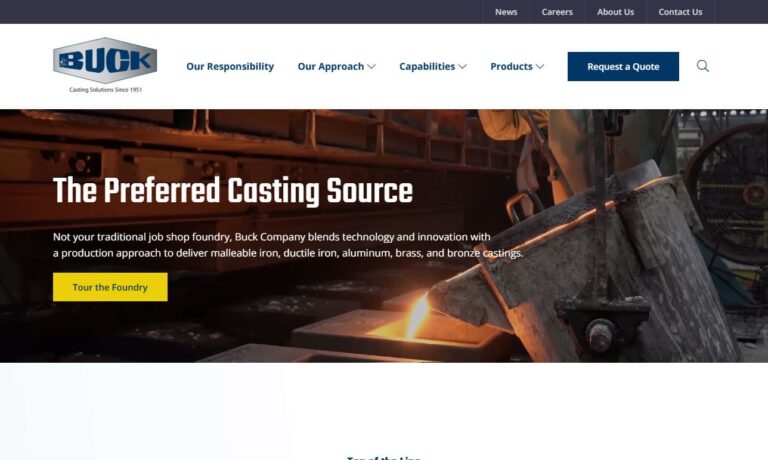
At Sioux City Foundry Co., we take immense pride in our expertise and craftsmanship in the realm of grey iron casting. As a united team, we offer a comprehensive range of products and services that cater to diverse needs in the industry.

At Neenah Foundry, we take pride in our longstanding tradition of excellence in producing high-quality grey iron castings. With over 150 years of foundry experience, we have built a reputation as a trusted partner for infrastructure and industrial applications.

More Cast Iron Companies
There are two predominant types of cast iron, those being grey iron and white iron. The former has a graphitic structure, the deflection of which provides the namesake color on fracture surfaces. White iron, however, has small white deposits of cementite rather than being completely pallid. The main differences between the two are silicone content and cooling times, both of which have a significant impact on the physical and mechanical behavior of the alloy.
White iron has a low carbon content and is cooled at a fast rate to produce a brittle cast part with good hardness and abrasion resistance. These are used in a number of wear applications such as slurry pumps, liners, grinding mills and pulverizers. Grey iron castings on the other hand are produced through the slow cooling of high carbon iron alloys and are less brittle allowing their use as crankshafts, support beams, engine blocks and more.
In addition to these two types, iron foundries and metallurgical engineers continue to develop more malleable and ductile irons that exhibit the beneficial characteristics of cast iron, but with significant reductions to brittleness due to a spheroid rather than flaked internal structure. These specialized alloys are becoming increasingly common in the industrial world.
Although pure iron is found only in meteorites, the element is one of the most abundant on Earth making up 5% of the crust and 35% of the total mass. Mining operations extract the element from iron ore and oxides such as magnetite, hematite, limonite, goethite and siderite which contain high levels of iron. These oxides are smelted to produce what is known as pig iron, the base material for cast iron.
The stock forms are heated in a special blast furnace known as a cupola. Scrap iron and steel are added to the molten mixture to produce cast iron. Once in a molten state this metal is poured into a cast where it is cooled at controlled rates before a finished or near finished part is ejected or extracted. Some of the more popular methods used today for iron castings are die casting, centrifugal casting and sand casting.
Die casting is used to manufacture complex parts at high production rates, centrifugal casting creates cylindrical parts and sand casting uses expendable synthetic or natural sand molds to create rough parts. These processes result in easily machined cast iron components with high compression strength, low melting points, good thermal conductivity and energy dissipation, wear resistance and fluidity.






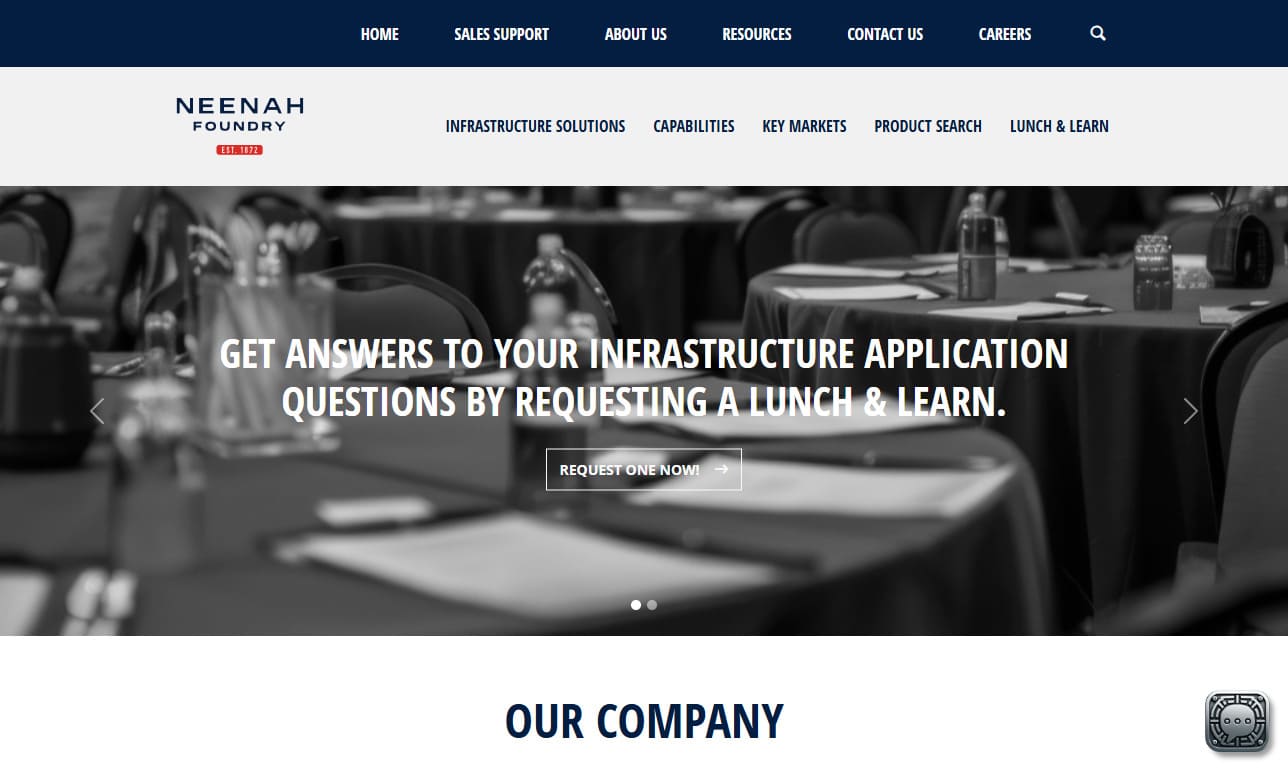
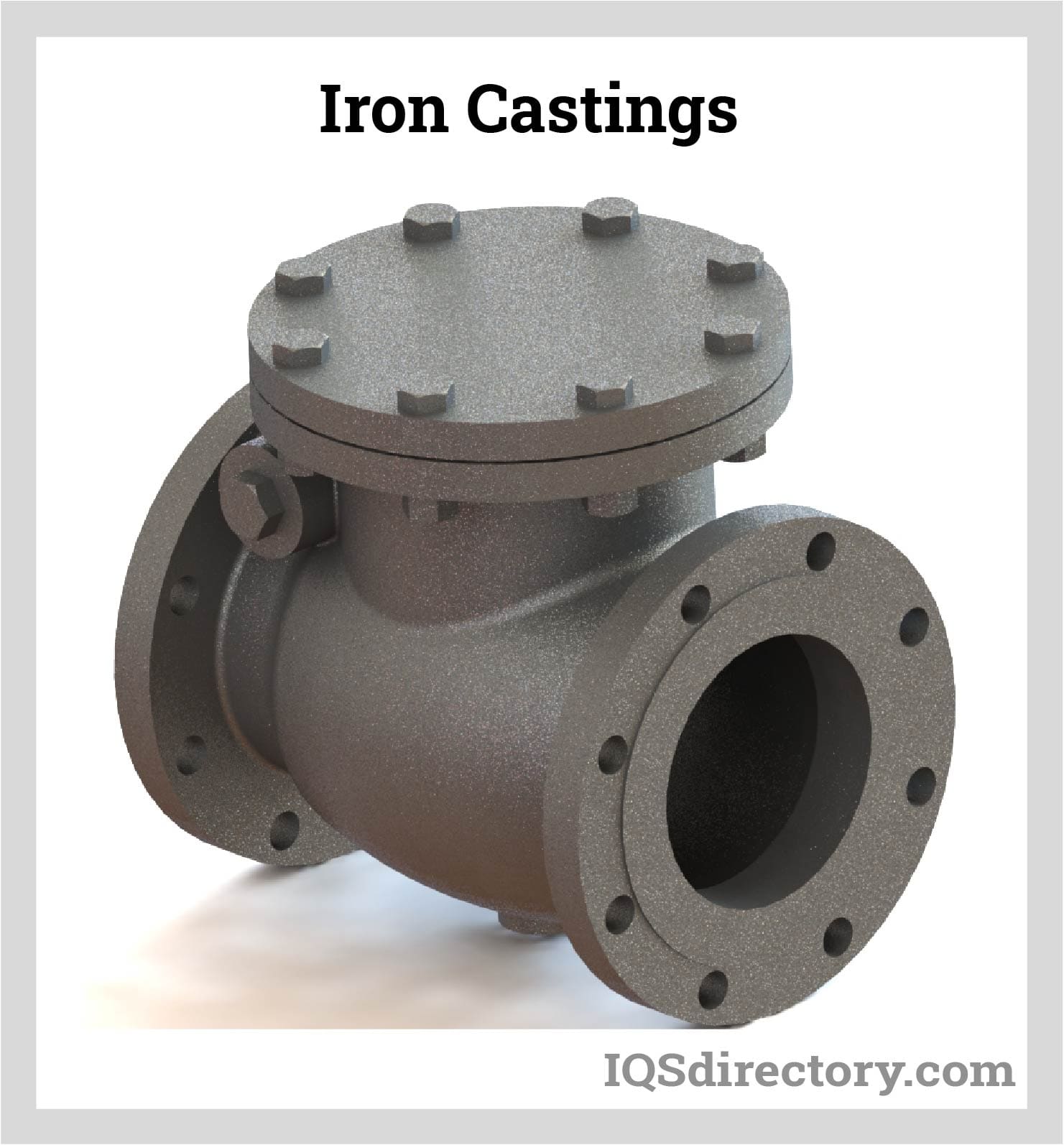

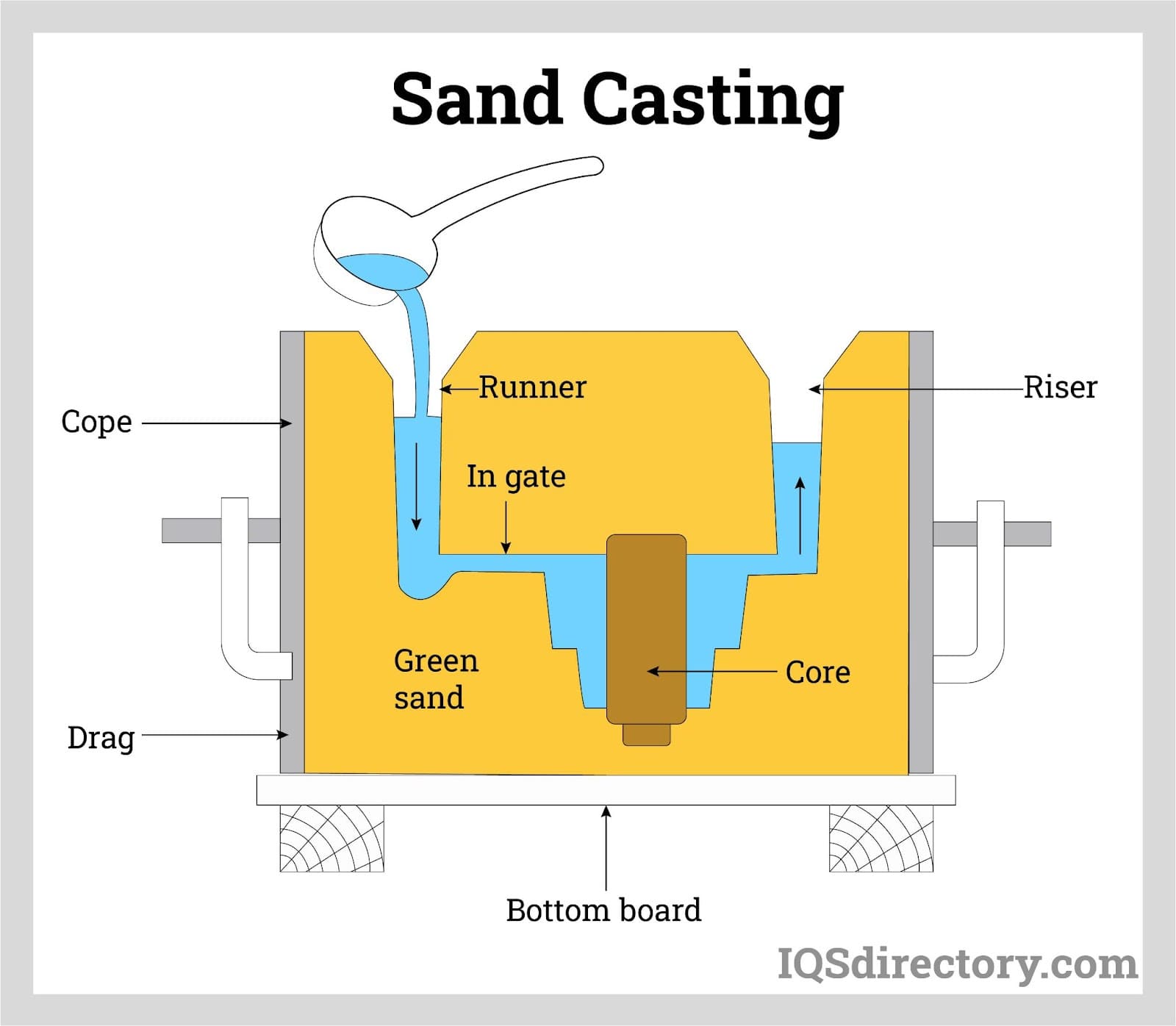


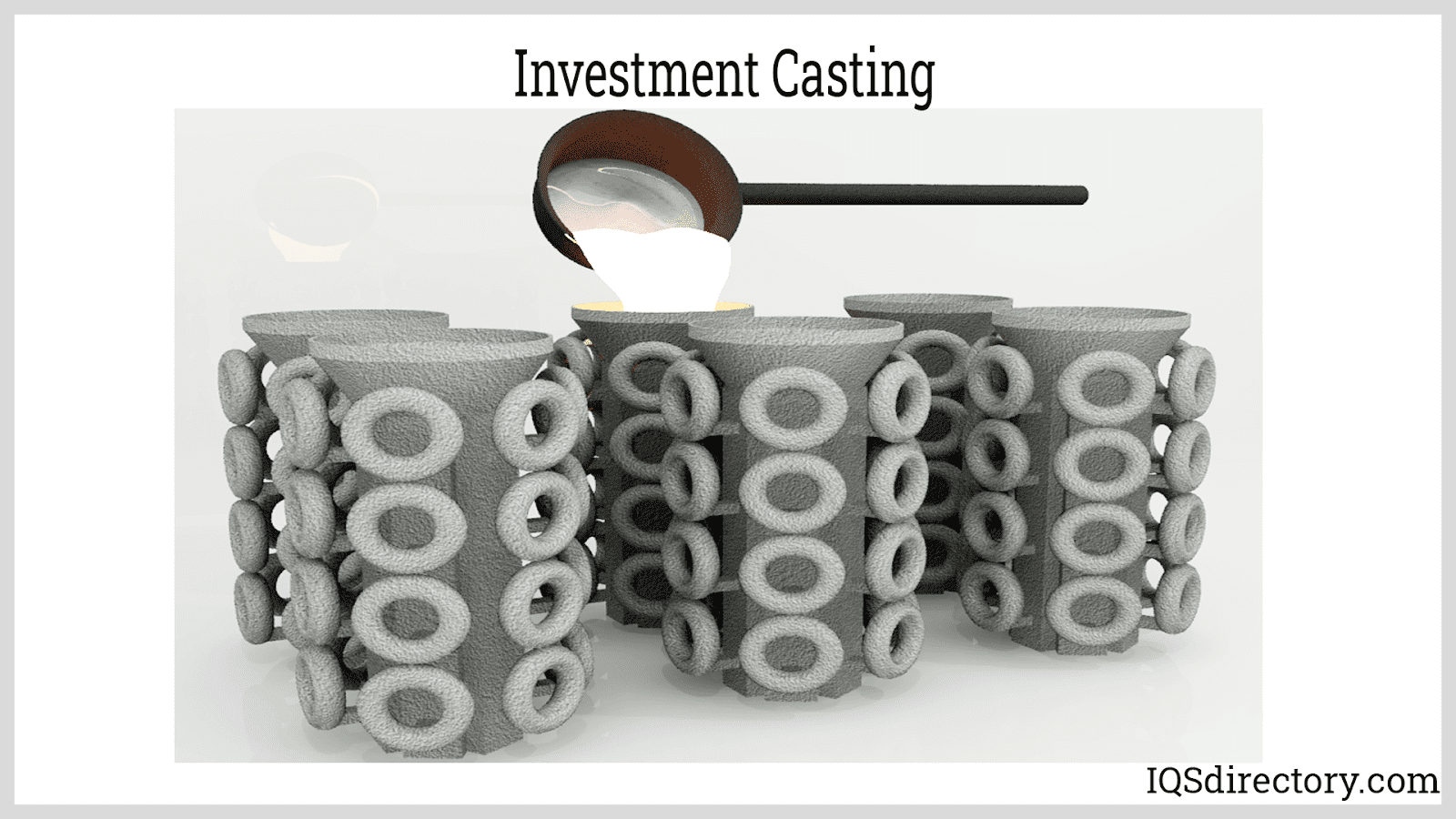
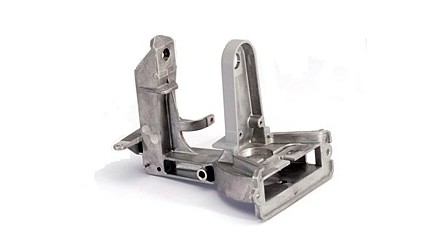 Die Castings
Die Castings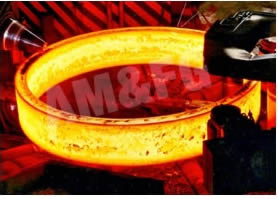 Forgings
Forgings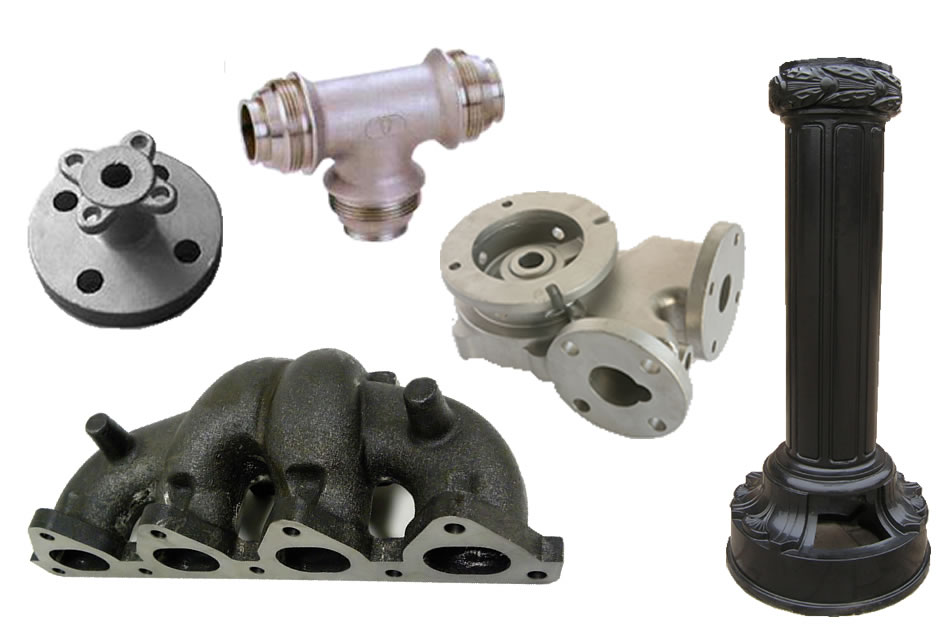 Grey Iron Castings
Grey Iron Castings Investment Castings
Investment Castings Castings & Forgings
Castings & Forgings Bulk Material Handling
Bulk Material Handling Electrical & Electronic Components
Electrical & Electronic Components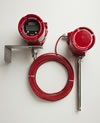 Flow Instrumentation
Flow Instrumentation Hardware
Hardware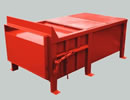 Material Handling Equipment
Material Handling Equipment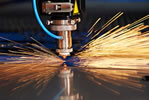 Metal Cutting Services
Metal Cutting Services Metal Forming Services
Metal Forming Services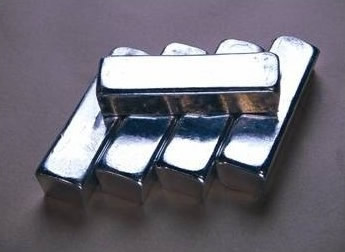 Metal Suppliers
Metal Suppliers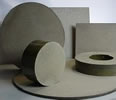 Motion Control Products
Motion Control Products Plant & Facility Equipment
Plant & Facility Equipment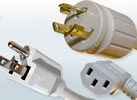 Plant & Facility Supplies
Plant & Facility Supplies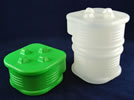 Plastic Molding Processes
Plastic Molding Processes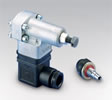 Pumps & Valves
Pumps & Valves Recycling Equipment
Recycling Equipment Rubber Products & Services
Rubber Products & Services